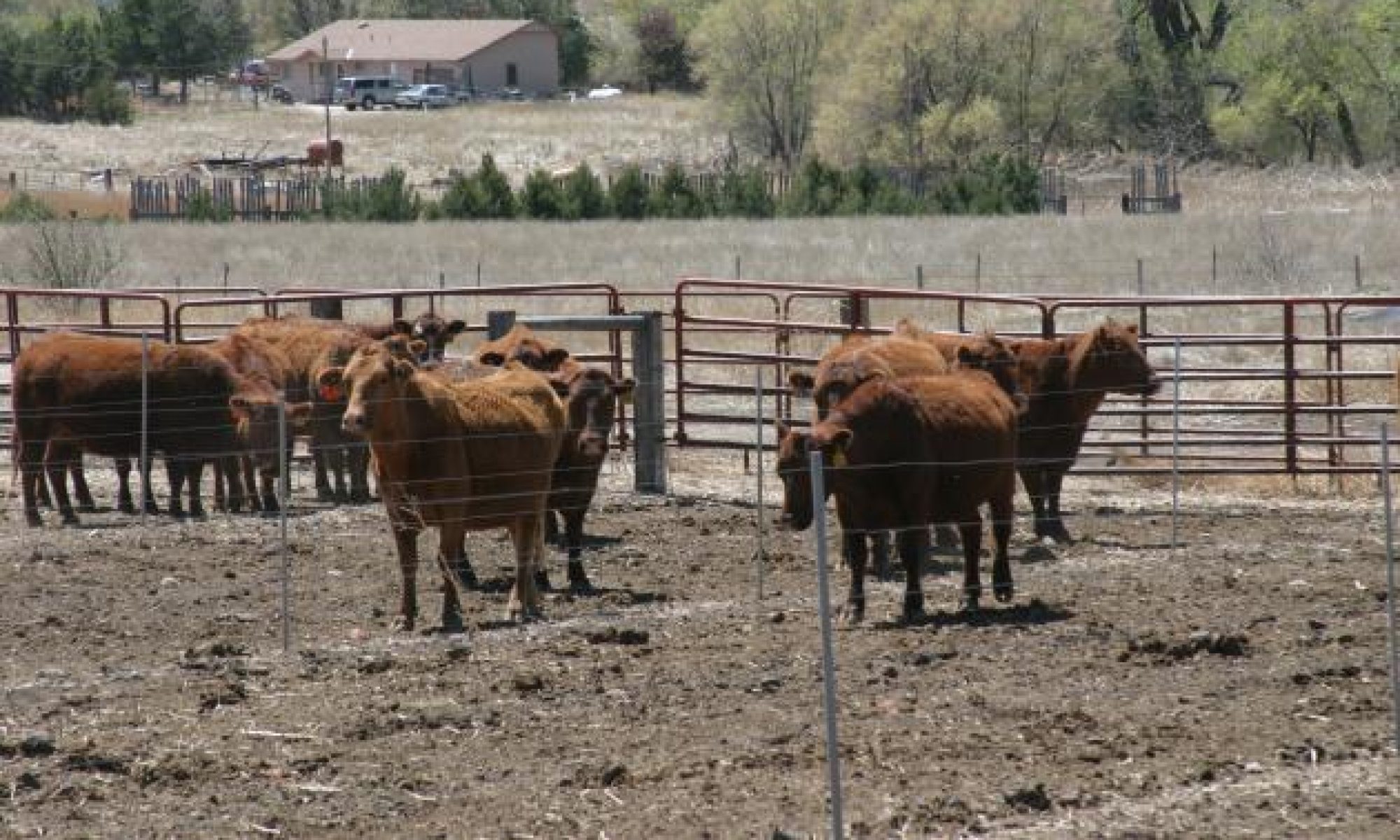Wheat growers worry about poor grain yields. Thin stands, dry soils, uneven maturity, and various pests have lowered yield expectations in many fields.
If stands are thin, maybe wheat hay is a better alternative. Because wheat usually yields over two tons of hay per acre, you might make as much or more money harvesting as hay as for grain. Plus, crops like sudangrass or millet or soybeans could be double-cropped into the stubble if insects and moisture aren’t a problem.
But if you decide to harvest wheat hay, don’t think about yield alone. The forage quality of your hay also is important.
If you plan to feed wheat hay to young stock or lactating cows, late cutting won’t do the job. Protein and TDN will be too low. Instead, cut your wheat as soon as possible after heading to give a good yield with relatively high protein and energy. Protein should be 8 to 10 percent and TDN will be around 60 percent. This younger forage should be very palatable, so your animals will consume it readily. And you can double crop sooner.
To winter beef cows, though, harvest can be delayed until milk to soft dough stage. Yield will be slightly higher, but protein will have dropped to 6 to 9 percent and TDN will be in the 50’s. Hay could be quite coarse, though, so intake will be less than with hay cut earlier. Grinding might be useful.
Winter wheat makes good hay. Consider its possibilities for your livestock, and cut it on time.
